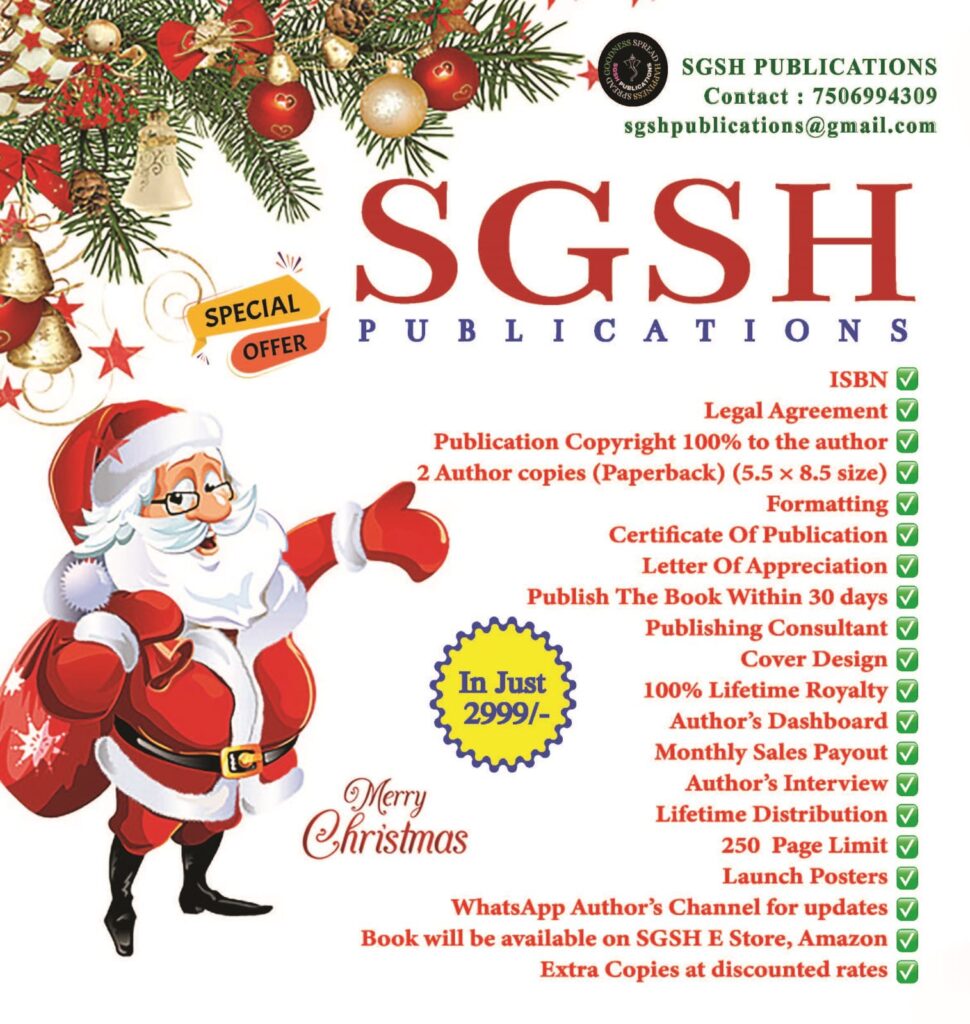Book Published: 1960
Movie released: 1962
This is the second part of book to movie adaptations. In today’s blog we are going to talk about the To Kill a Mockingbird. This was in the year 1962. The 1962 adaptation of Harper Lee’s classic, Pulitzer Prize–winning novel focuses on the deft character work Lee creates in the book. By bringing Atticus Finch, Scout, and Boo Radley to life and following the novel’s slow-burn plot structure, the film transplants the book’s two strongest elements into a movie we still can’t get enough of.
It was published in 1960 and was instantly successful. In the United States, it is widely read in high schools and middle schools. To Kill a Mockingbird has become a classic of modern American literature; a year after its release, it won the Pulitzer Prize. The plot and characters are loosely based on Lee’s observations of her family, her neighbors and an event that occurred near her hometown of Monroeville, Alabama, in 1936, when she was ten.
Despite dealing with the serious issues of rape and racial inequality, the novel is renowned for its warmth and humor. Atticus Finch, the narrator’s father, has served as a moral hero for many readers and as a model of integrity for lawyers. The historian Joseph Crespino explains, “In the twentieth century, To Kill a Mockingbird is probably the most widely read book dealing with race in America, and its main character, Atticus Finch, the most enduring fictional image of racial heroism.” As a Southern Gothic novel and Bildungsroman, the primary themes of To Kill a Mockingbird involve racial injustice and the destruction of innocence. Scholars have noted that Lee also addresses issues of class, courage, compassion, and gender roles in the Deep South. Lessons from the book emphasize tolerance and decry prejudice. Despite its themes, To Kill a Mockingbird has been subject to campaigns for removal from public classrooms, often challenged for its use of racial epithets. In 2006, British librarians ranked the book ahead of the Bible as one “every adult should read before they die”
Reaction to the novel varied widely upon publication. Despite the number of copies sold and its widespread use in education, literary analysis of it is sparse. Author Mary McDonough Murphy, who collected individual impressions of To Kill a Mockingbird by several authors and public figures, calls the book “an astonishing phenomenon”. It was adapted into an Academy Award-winning film in 1962 by director Robert Mulligan, with a screenplay by Horton Foote. Since 1990, a play based on the novel has been performed annually in Harper Lee’s hometown.
To Kill a Mockingbird was Lee’s only published book until Go Set a Watchman, an earlier draft of To Kill a Mockingbird, was published on July 14, 2015. Lee continued to respond to her work’s impact until her death in February 2016, although she had refused any personal publicity for herself or the novel since 1964.
The history of book to movie adaptations is a growing trend and seeing our favorite books run a film is everything we can ask for. Lee said that To Kill a Mockingbird is not an autobiography, but rather an example of how an author “should write about what he knows and write truthfully”.
Despite the novel’s immense popularity upon publication, it has not received the close critical attention paid to other modern American classics. Don Noble, the editor of a book of essays about the novel, estimates that the ratio of sales to analytical essays may be a million to one. Christopher Metress writes that the book is “an icon whose emotive sway remains strangely powerful because it also remains unexamined”. Noble suggests it does not receive academic attention because of its consistent status as a best-seller (“If that many people like it, it can’t be any good.”) and that general readers seem to feel they do not require analytical interpretation.
Harper Lee had remained famously detached from interpreting the novel since the mid-1960s. However, she gave some insight into her themes when, in a rare letter to the editor, she wrote in response to the passionate reaction her book caused. When the book was released, reviewers noted that it was divided into two parts, and opinion was mixed about Lee’s ability to connect them

